In the competitive B2B landscape, cultivating customer loyalty is crucial for long-term success. B2B loyalty programs offer a powerful way to strengthen relationships, drive repeat business, and create advocates for your brand. This comprehensive guide explores innovative B2B loyalty program examples and strategies to help you design an effective program for your business.
Table of Contents
- Understanding B2B Loyalty Programs
- Key Differences Between B2B and B2C Loyalty Programs
- Benefits of Implementing a B2B Loyalty Program
- Essential Features of Successful B2B Loyalty Programs
- 19 Inspiring B2B Loyalty Program Examples
- Designing Your B2B Loyalty Program: Best Practices
- Measuring the Success of Your B2B Loyalty Program
- Common Challenges and How to Overcome Them
- The Future of B2B Loyalty Programs
- Conclusion: Elevating Your B2B Relationships Through Loyalty
Understanding B2B Loyalty Programs
B2B loyalty programs are strategic initiatives designed to foster long-term relationships with business clients, partners, and suppliers. Unlike their B2C counterparts, these programs focus on driving value through tailored incentives, exclusive benefits, and personalized experiences that align with the unique needs of business customers.
At their core, B2B loyalty programs aim to:
- Increase customer retention and lifetime value
- Encourage higher purchase volumes and frequency
- Facilitate upselling and cross-selling opportunities
- Generate valuable customer insights and feedback
- Strengthen brand advocacy and referrals
By implementing a well-designed B2B loyalty program, companies can create a competitive advantage, differentiate themselves in the market, and build a loyal customer base that drives sustainable growth.
Key Differences Between B2B and B2C Loyalty Programs
While B2B and B2C loyalty programs share the common goal of fostering customer loyalty, they differ significantly in their approach, structure, and rewards. Understanding these differences is crucial for designing an effective B2B loyalty strategy:
| Aspect | B2B Loyalty Programs | B2C Loyalty Programs |
|---|---|---|
| Target Audience | Businesses, decision-makers, procurement teams | Individual consumers |
| Purchase Cycle | Longer, more complex | Shorter, often impulse-driven |
| Transaction Value | Higher, often involving bulk purchases | Lower, typically single-item purchases |
| Decision-Making Process | Involves multiple stakeholders | Usually individual decisions |
| Relationship Focus | Long-term partnerships | Transactional, though aiming for repeat business |
| Reward Types | Business-enhancing benefits, exclusive services | Discounts, points, cashback |
| Program Structure | Often tier-based or perks-focused | Commonly points-based or spend-based |
| Communication | Personalized, account-based | Mass marketing with some personalization |
| Data Utilization | In-depth analytics for account management | Broad consumer behavior insights |
These fundamental differences highlight the need for a tailored approach when designing and implementing B2B loyalty programs.
Benefits of Implementing a B2B Loyalty Program
Implementing a well-structured B2B loyalty program can yield numerous benefits for both the company and its business customers:
-
Increased Customer Retention: By offering valuable incentives and personalized experiences, B2B loyalty programs encourage customers to stick with your brand, reducing churn and increasing lifetime value.
-
Enhanced Customer Insights: Loyalty programs provide a wealth of data on customer preferences, purchasing patterns, and behavior, enabling more targeted marketing and product development.
-
Improved Cross-Selling and Upselling: With deeper customer relationships and better insights, companies can more effectively introduce new products or services to existing clients.
-
Strengthened Brand Advocacy: Satisfied and loyal customers are more likely to recommend your brand to others, serving as valuable brand ambassadors.
-
Competitive Differentiation: A unique and valuable loyalty program can set your business apart in a crowded marketplace, giving you a competitive edge.
-
Increased Purchase Frequency and Volume: Incentives and rewards encourage customers to make more frequent purchases and potentially increase their order sizes.
-
Better Customer Communication: Loyalty programs provide additional touchpoints for meaningful engagement with customers, fostering stronger relationships.
-
Cost-Effective Marketing: Retaining existing customers through loyalty programs is often more cost-effective than acquiring new ones.
-
Valuable Feedback Loop: Loyal customers are more likely to provide honest feedback, helping you improve your products and services.
-
Predictable Revenue Streams: As customer loyalty increases, businesses can more accurately forecast future revenue and plan accordingly.
Essential Features of Successful B2B Loyalty Programs
To create a B2B loyalty program that resonates with your customers and drives meaningful results, consider incorporating these essential features:
-
Tiered Structure: Implement a tiered system that rewards higher-value customers with enhanced benefits, encouraging increased engagement and spend.
-
Personalized Rewards: Offer rewards that are relevant and valuable to each specific business customer, such as customized training sessions or exclusive access to new products.
-
Easy Enrollment and Management: Ensure the program is simple to join and navigate, with a user-friendly interface for tracking rewards and benefits.
-
Flexibility in Reward Redemption: Provide various options for redeeming rewards, allowing customers to choose benefits that best suit their needs.
-
Educational Resources: Offer valuable industry insights, webinars, or training materials as part of the program benefits.
-
Exclusive Events and Networking Opportunities: Host special events or create networking platforms for program members to connect and share knowledge.
-
Dedicated Support: Provide premium customer service or assigned account managers for loyalty program members.
-
Collaborative Opportunities: Offer chances for co-creation or beta testing of new products as a reward for top-tier members.
-
Data-Driven Personalization: Utilize customer data to tailor communications, offers, and experiences to individual business needs.
-
Seamless Integration: Ensure the loyalty program integrates smoothly with your existing CRM and other business systems for efficient management and data analysis.
19 Inspiring B2B Loyalty Program Examples
Let's explore some real-world examples of successful B2B loyalty programs that demonstrate innovative approaches and best practices:
-
IBM VIP Rewards
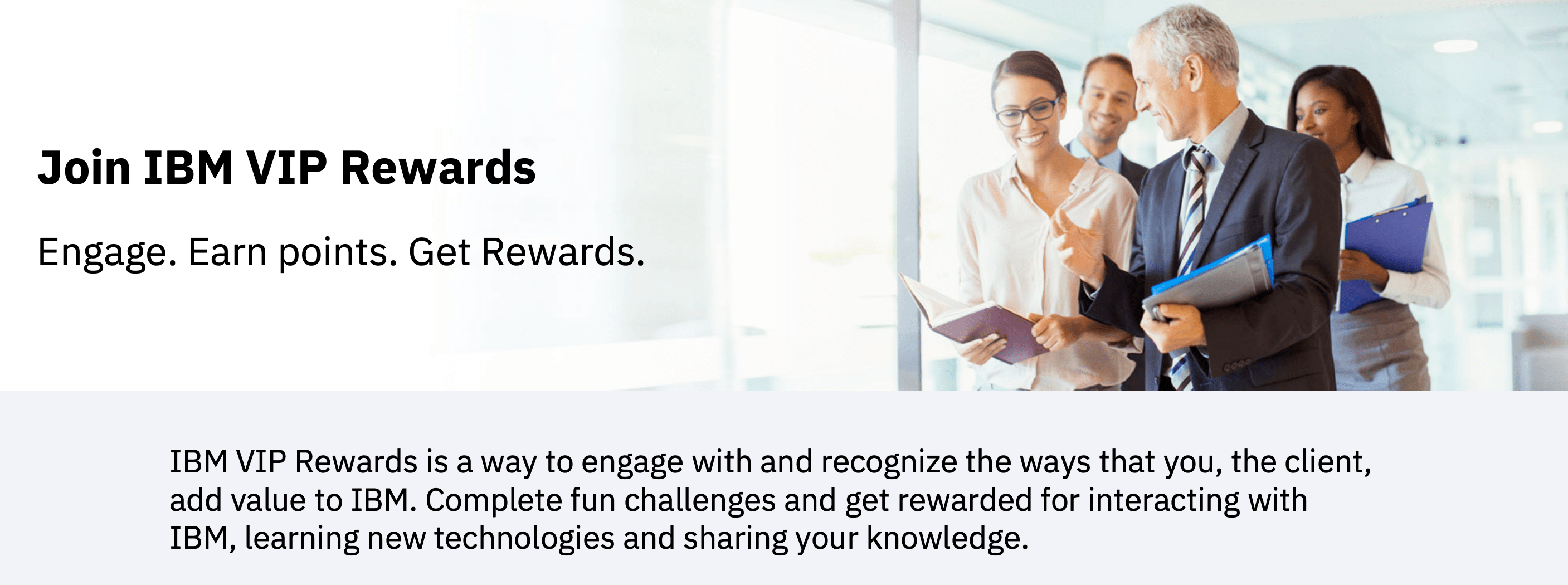
- Program Highlight: Challenge-based point system
-
Key Features:
- Points earned through completing predefined actions
- Redeemable for gift cards or expert sessions
- Leaderboard to foster friendly competition
-
Lenovo LEAP (Lenovo Expert Achievers Program)
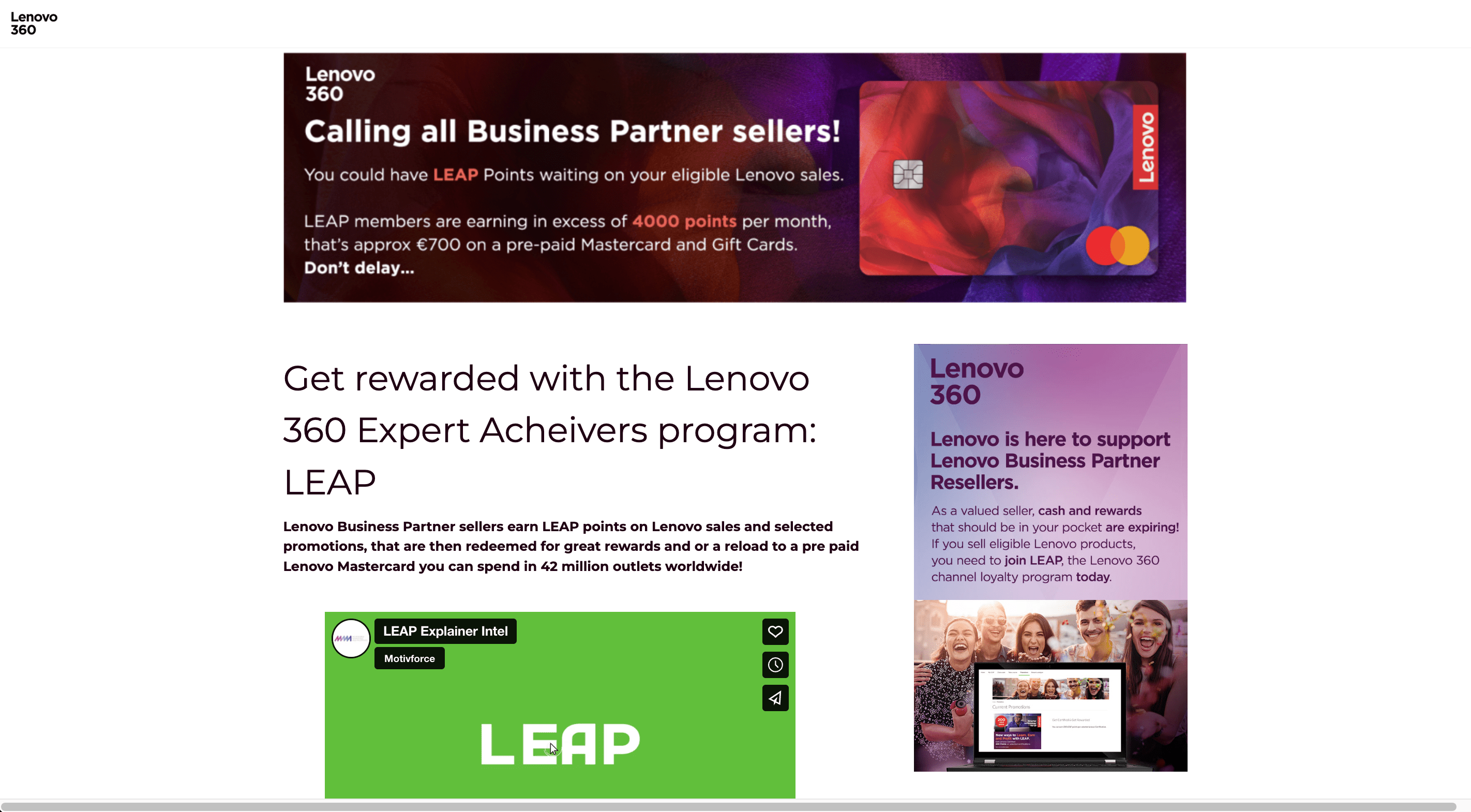
- Program Highlight: Dual "Learn & Earn" and "Sell & Earn" structure
-
Key Features:
- Points for product sales and educational participation
- Cash rewards through prepaid Mastercard
- Encourages both sales performance and product knowledge
-
Celebrity Cruises - Celebrity Rewards
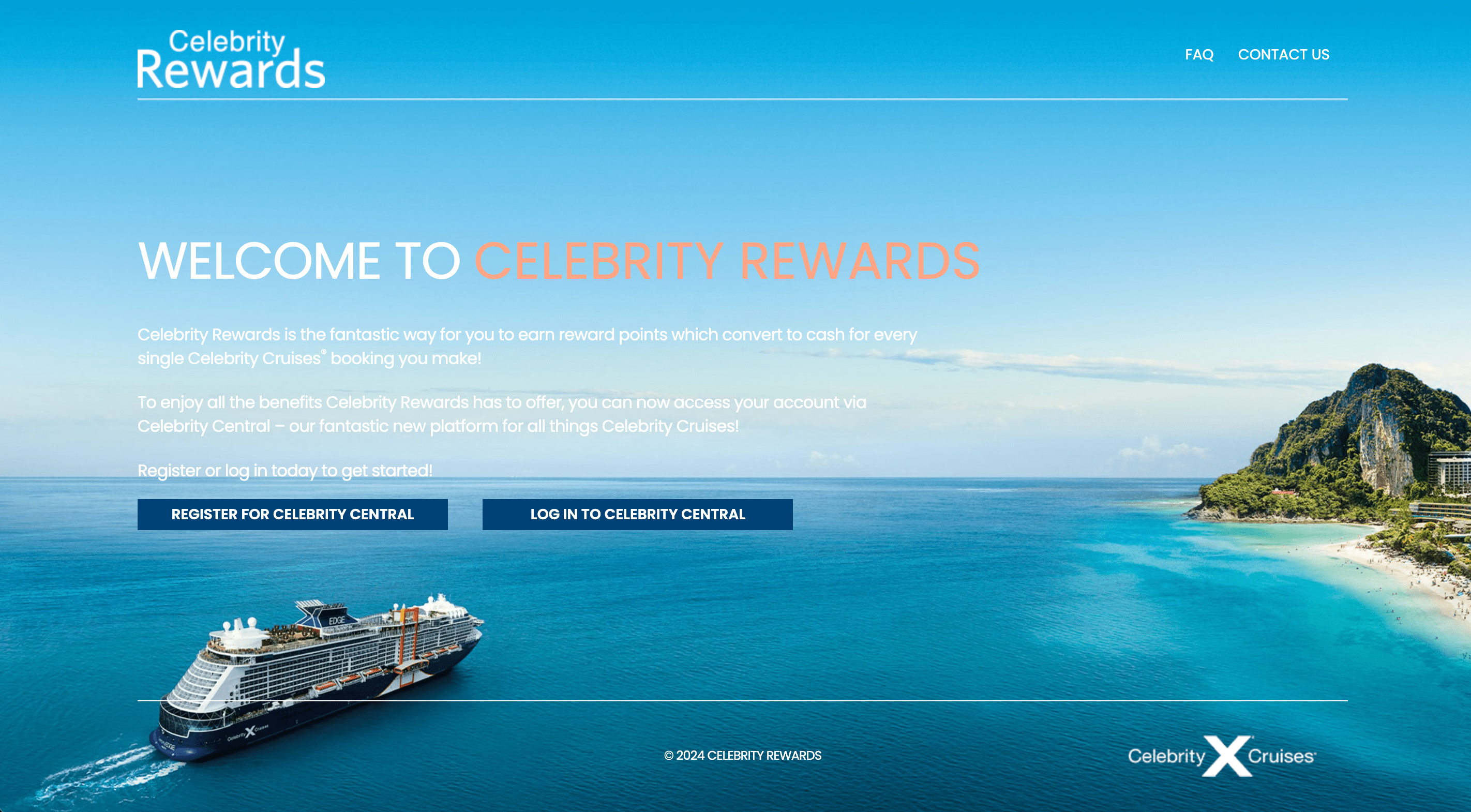
- Program Highlight: Individual agent-based rewards
-
Key Features:
- Points for each cruise booking
- Cash rewards through branded Mastercard
- Promotes healthy competition among booking agents
-
American Express Partners Plus
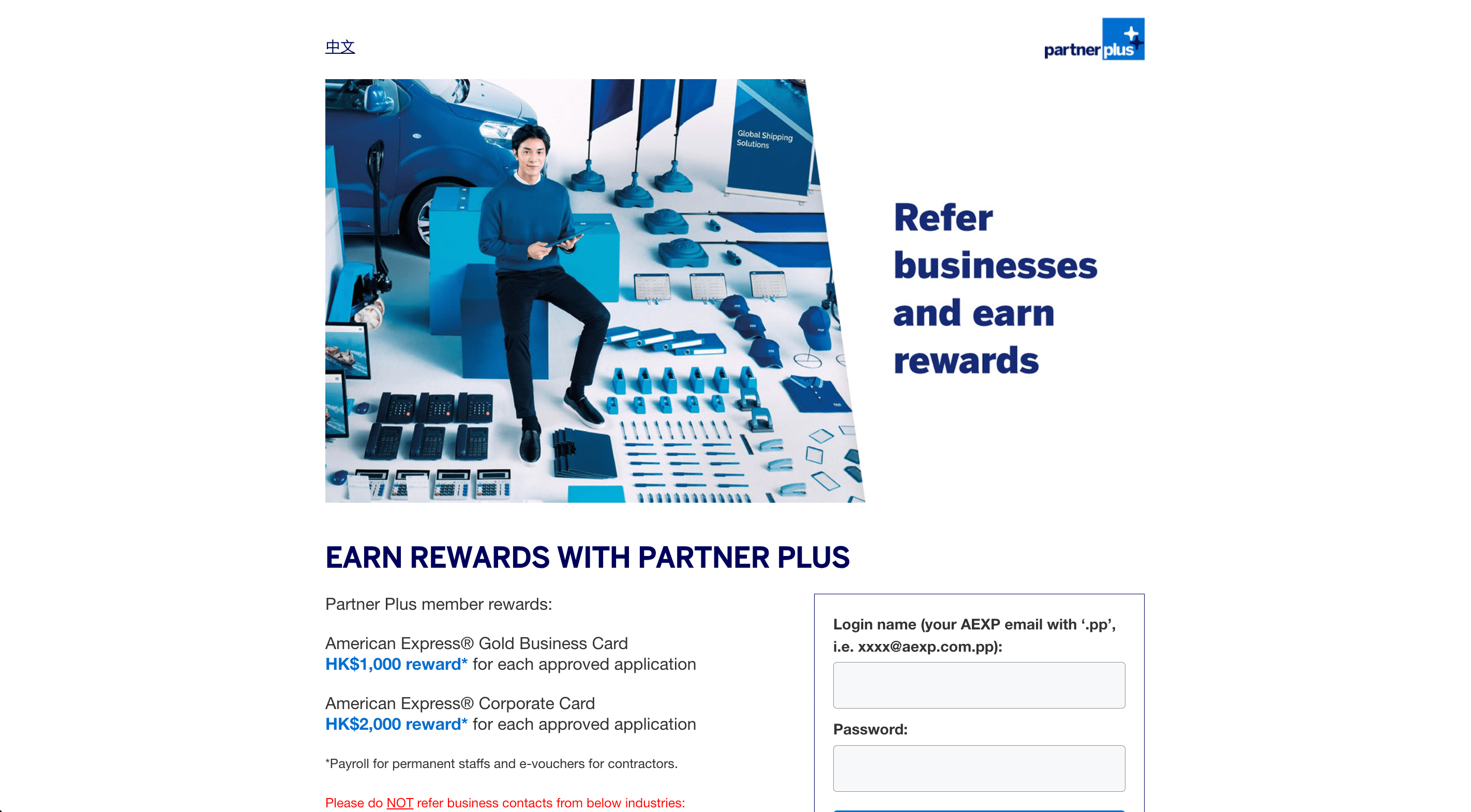
- Program Highlight: Referral-based partnership program
-
Key Features:
- Rewards for successful referrals to AE's Global Corporate Payments program
- Strengthens partner relationships
- Leverages existing business networks for growth
-
HP Planet Partners Rewards Program
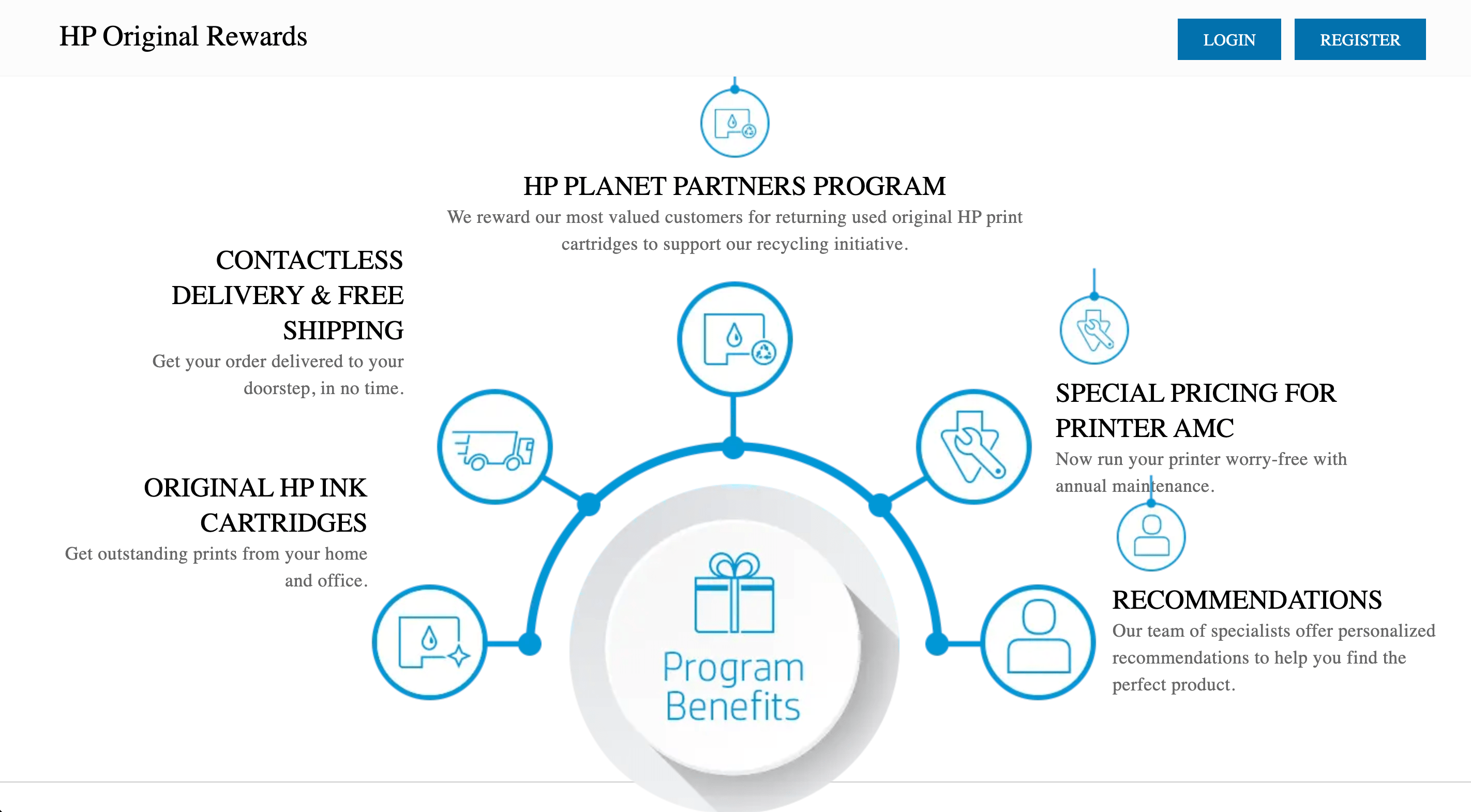
- Program Highlight: Sustainability-focused rewards
-
Key Features:
- Rewards for returning used HP print cartridges
- Supports HP's recycling initiatives
- Aligns business goals with environmental responsibility
-
Mailchimp & Co Membership Program

- Program Highlight: Exclusive community for marketing professionals
-
Key Features:
- Insider training and exclusive tools
- Invitations to members-only events
- Identifies potential long-term partners
-
TRW Automotive Diamonds
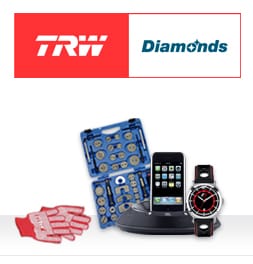
- Program Highlight: Centralized loyalty system for European workshops
-
Key Features:
- Points earned on purchases
- Redeemable rewards
- Improved communication and data collection
-
Nufarm Priority Partnership

- Program Highlight: Partner education and promotion rewards
-
Key Features:
- Rewards for purchasing and promoting Nufarm products
- Educational component for partners
- Strengthens distribution channel relationships
-
Telarus Partner Loyalty Program
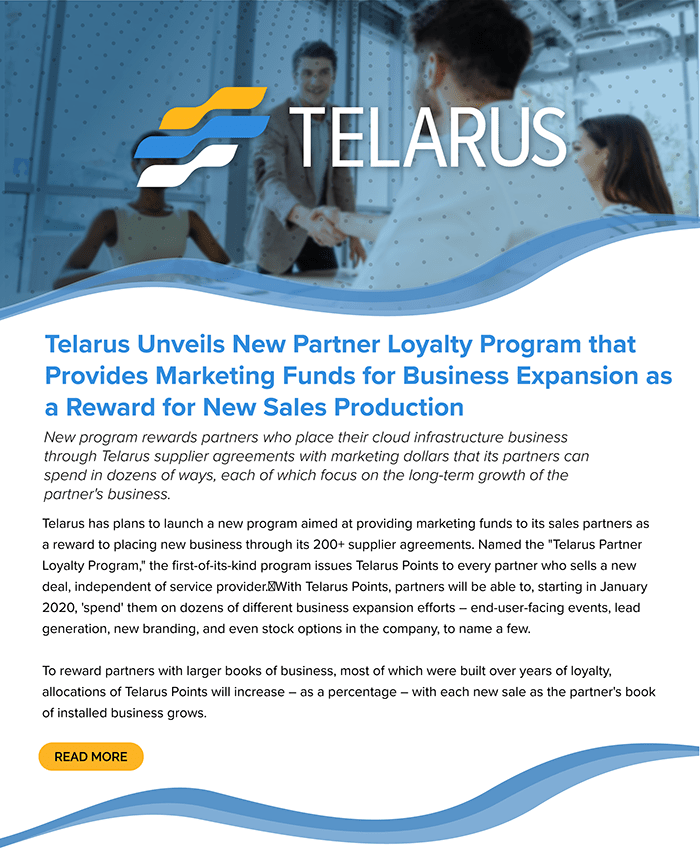
- Program Highlight: Motivational program for partner retailers
-
Key Features:
- Incentives for selling Telarus services
- Tiered rewards structure
- Enhances channel partner engagement
-
Adobe Partner Program

- Program Highlight: Comprehensive partnership ecosystem
-
Key Features:
- Tiered partnership levels with increasing benefits
- Access to training, support, and marketing resources
- Rewards for certification and revenue achievements
-
Uptempo Advocacy Program
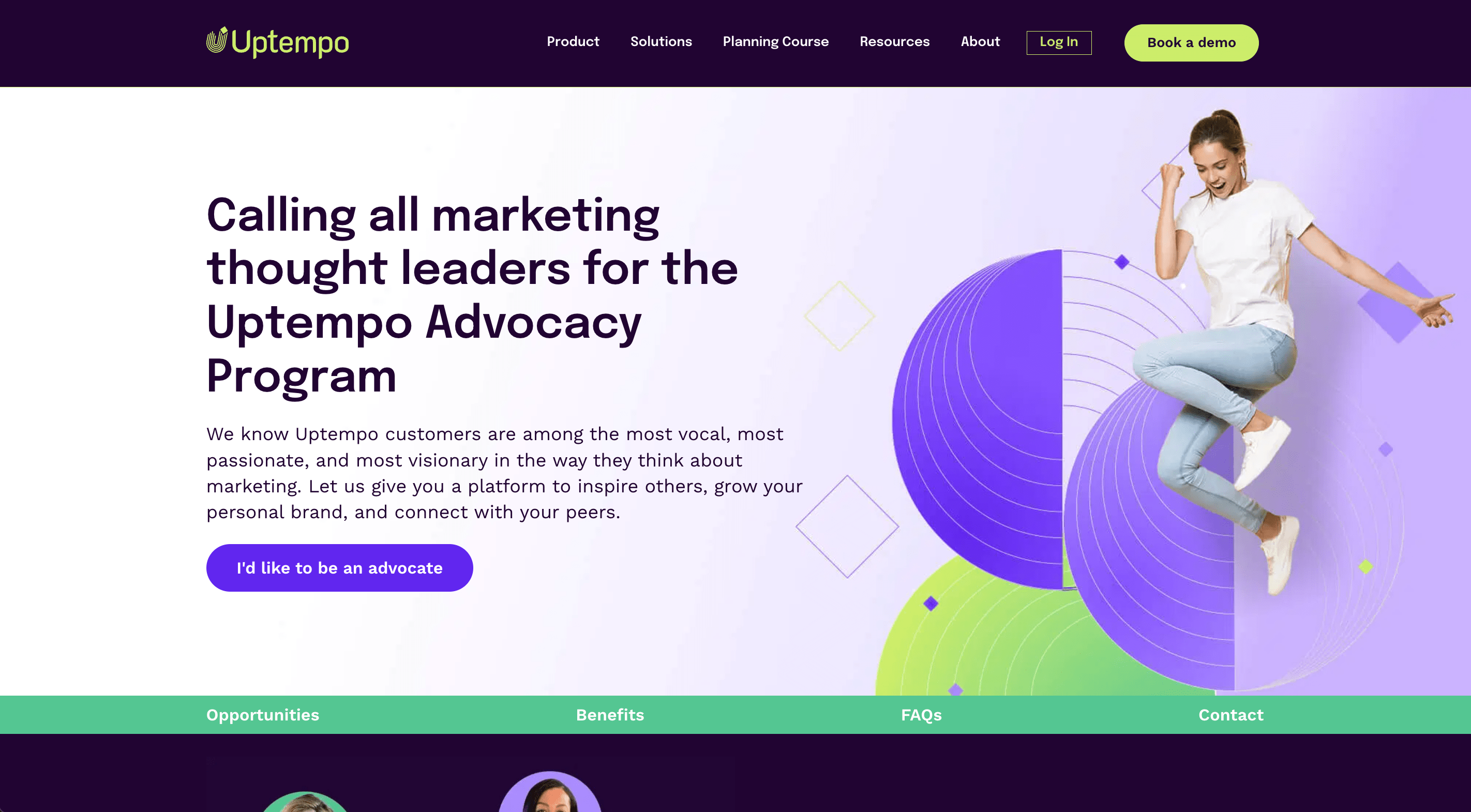
- Program Highlight: Community-centered engagement
-
Key Features:
- Opportunities to share product experiences and feedback
- Exclusive access to beta programs and events
- Participation in co-marketing initiatives
-
Quickbase Advocacy Program
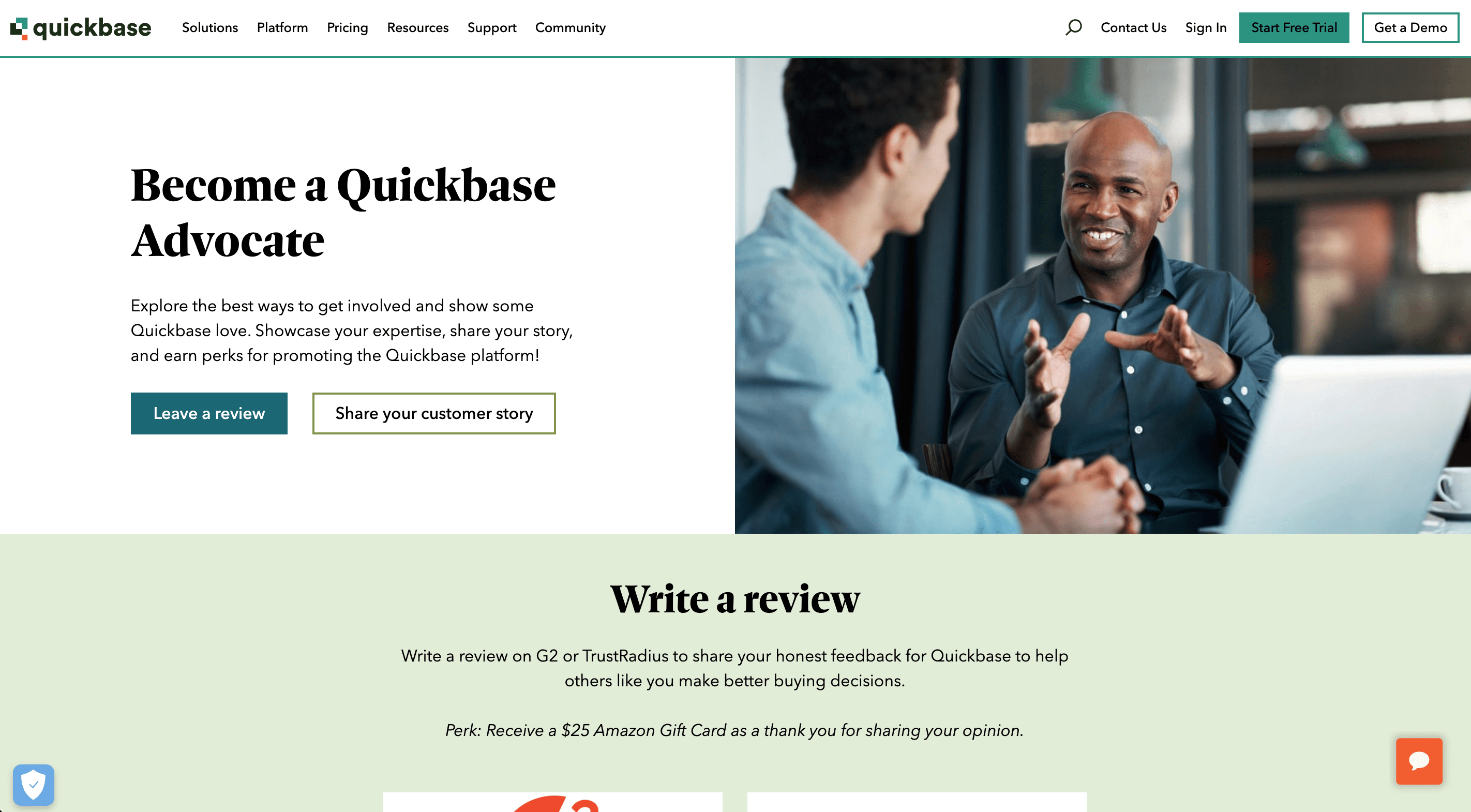
- Program Highlight: Peer-driven success stories
-
Key Features:
- Platform for sharing innovative use cases
- Recognition through awards and spotlights
- Network-building opportunities
-
FlashIntel Advocate Program
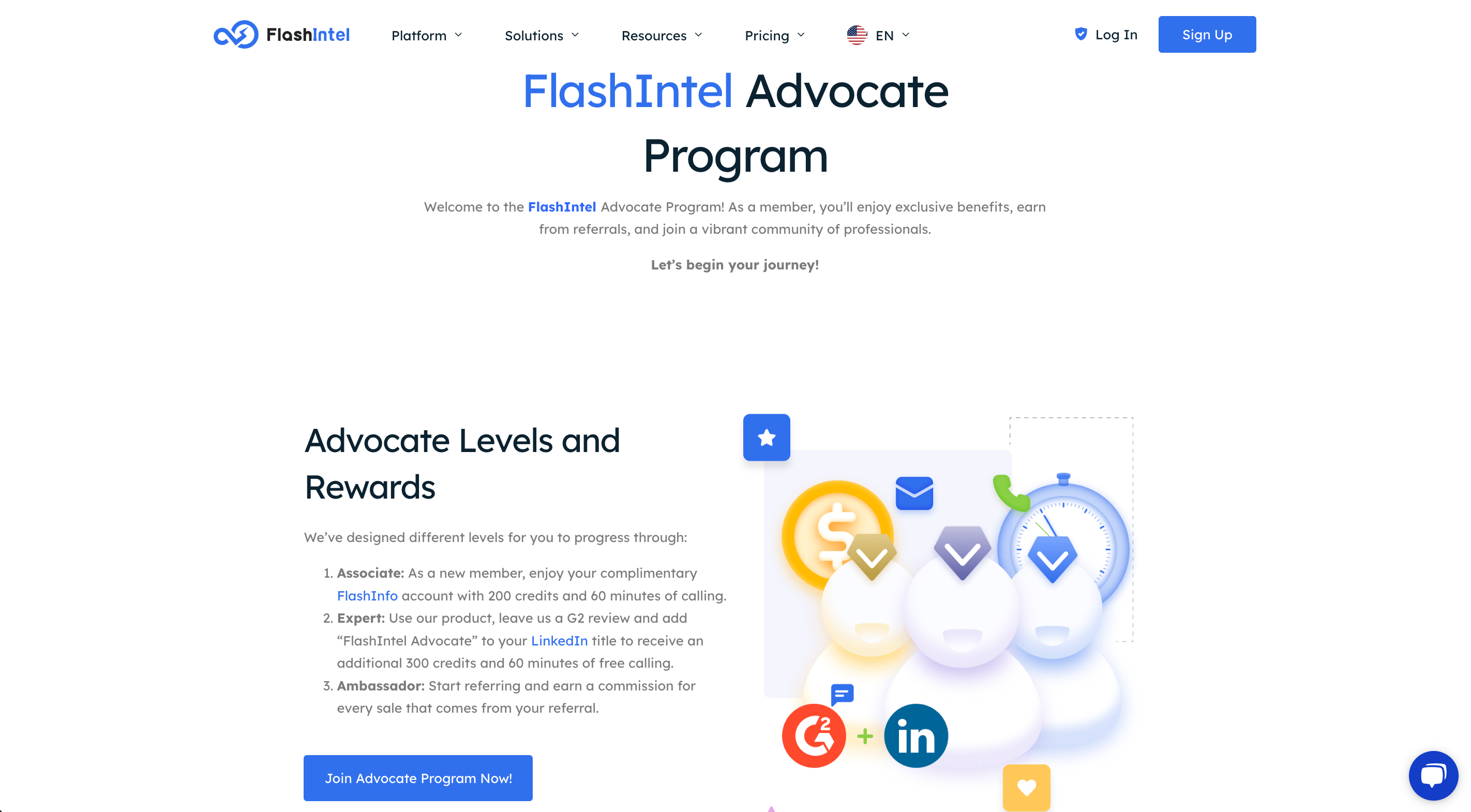
- Program Highlight: Data-driven advocacy
-
Key Features:
- Opportunities for product co-development
- Advanced insights and analytics access
- Exclusive advocacy and leadership forums
-
UserGems Advocacy Program
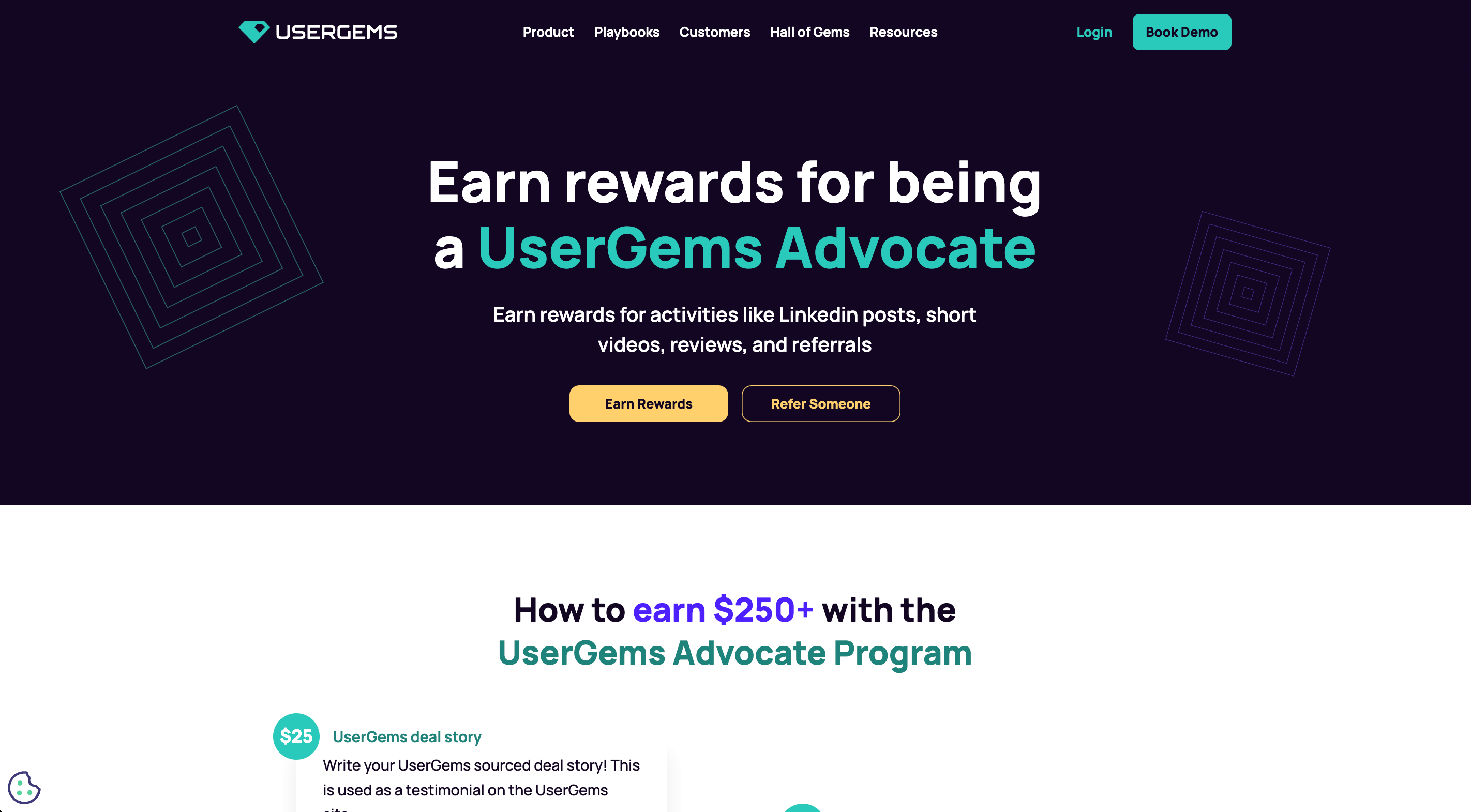
- Program Highlight: Advocate-driven innovation
-
Key Features:
- Early access to product releases
- Collaboration on new features and functionalities
- Personalized customer success support
-
Bynder Customer Advocacy Program

- Program Highlight: Visual content focus
-
Key Features:
- Showcasing customer content and stories
- Feature in branded campaigns and events
- Recognition through visual storytelling awards
-
FactorsAI Advocate Program
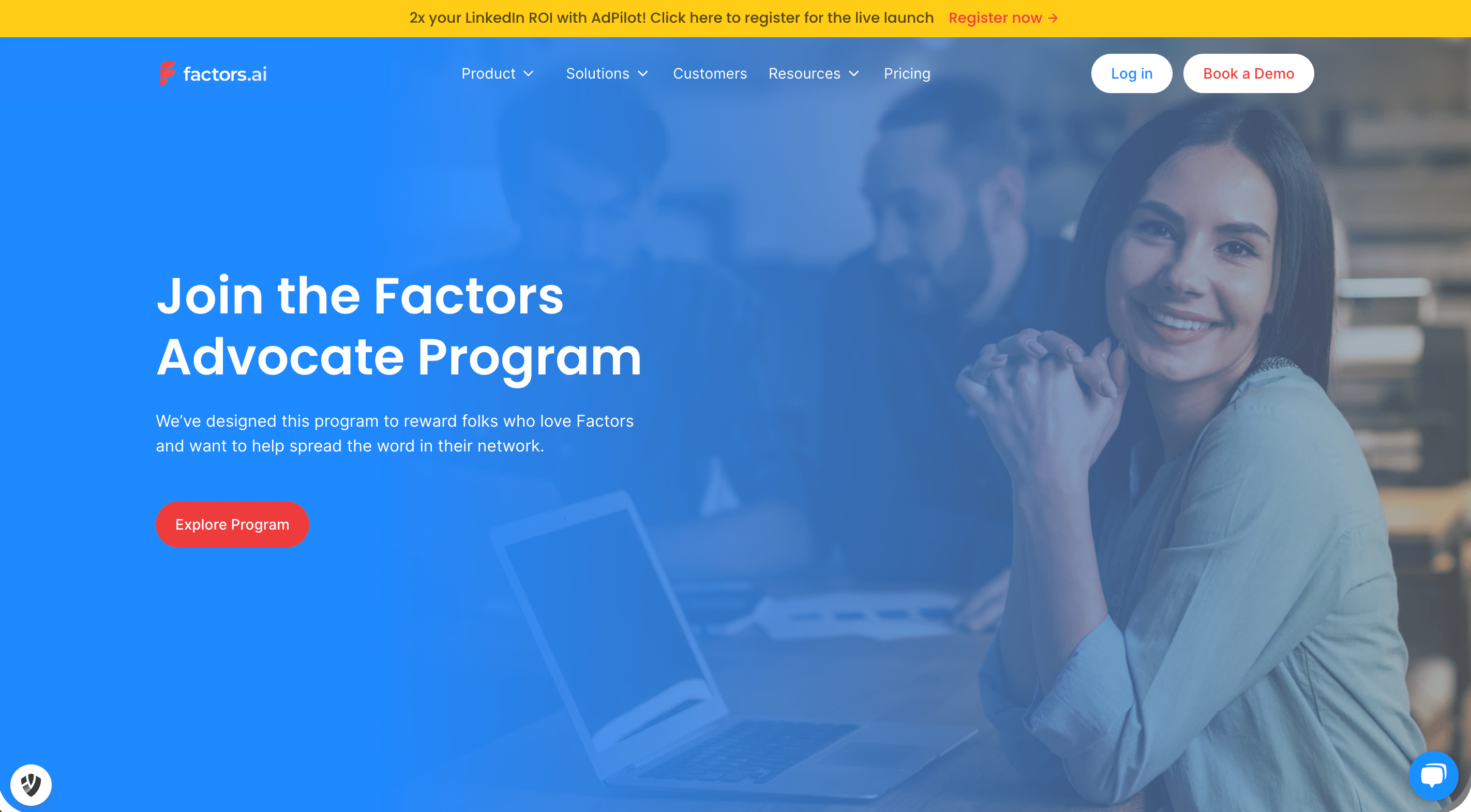
- Program Highlight: Data-driven advocacy
-
Key Features:
- Access to proprietary analytics tools
- Exclusive data insights for advocates
- Recognition and rewards for data contributions
-
Sendoso SuperSender Program
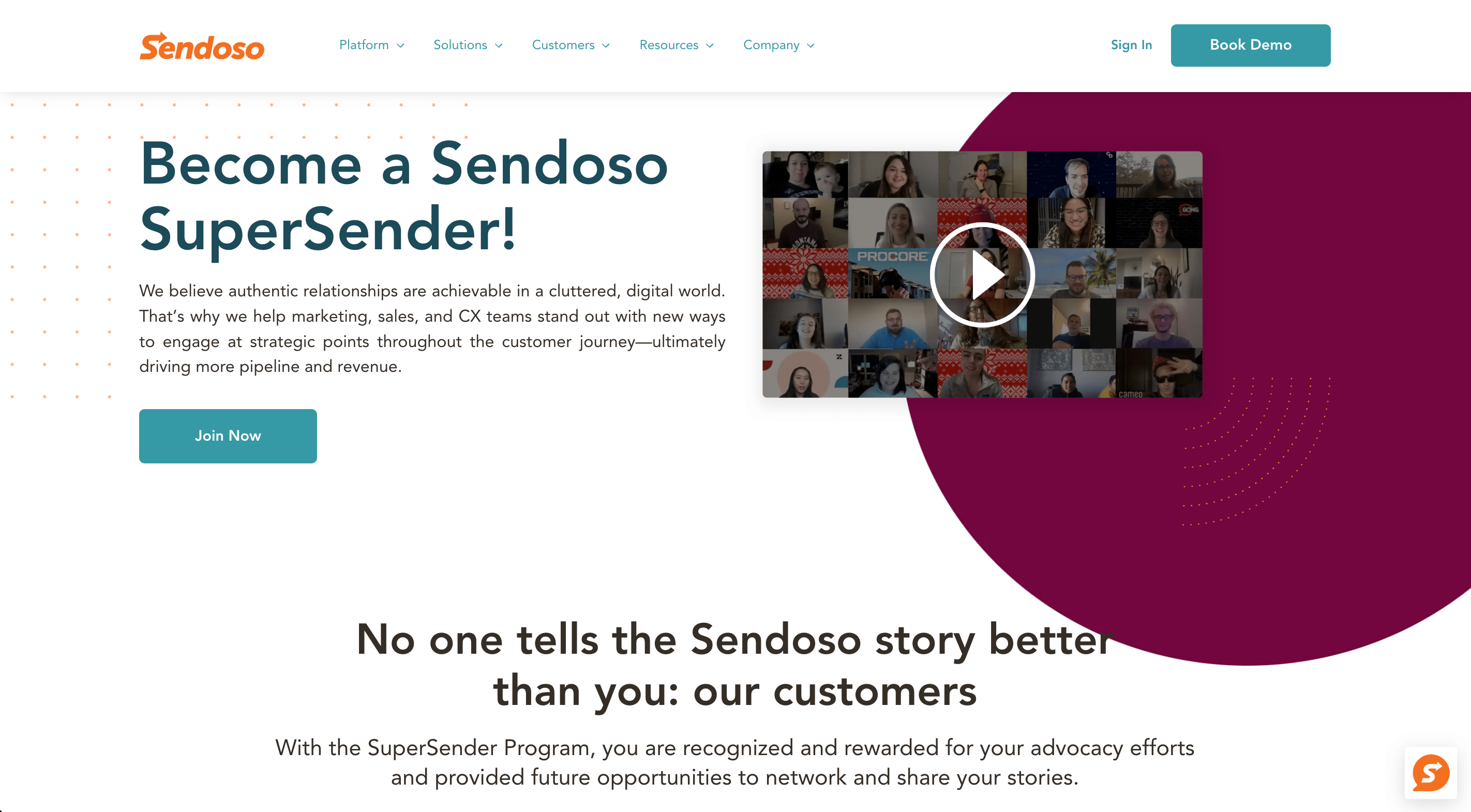
- Program Highlight: Experiential rewards
-
Key Features:
- Exclusive access to premium Sendoso experiences
- Recognition through advocate spotlights
- Opportunities for co-marketing and speaking
-
Webex Insider Program
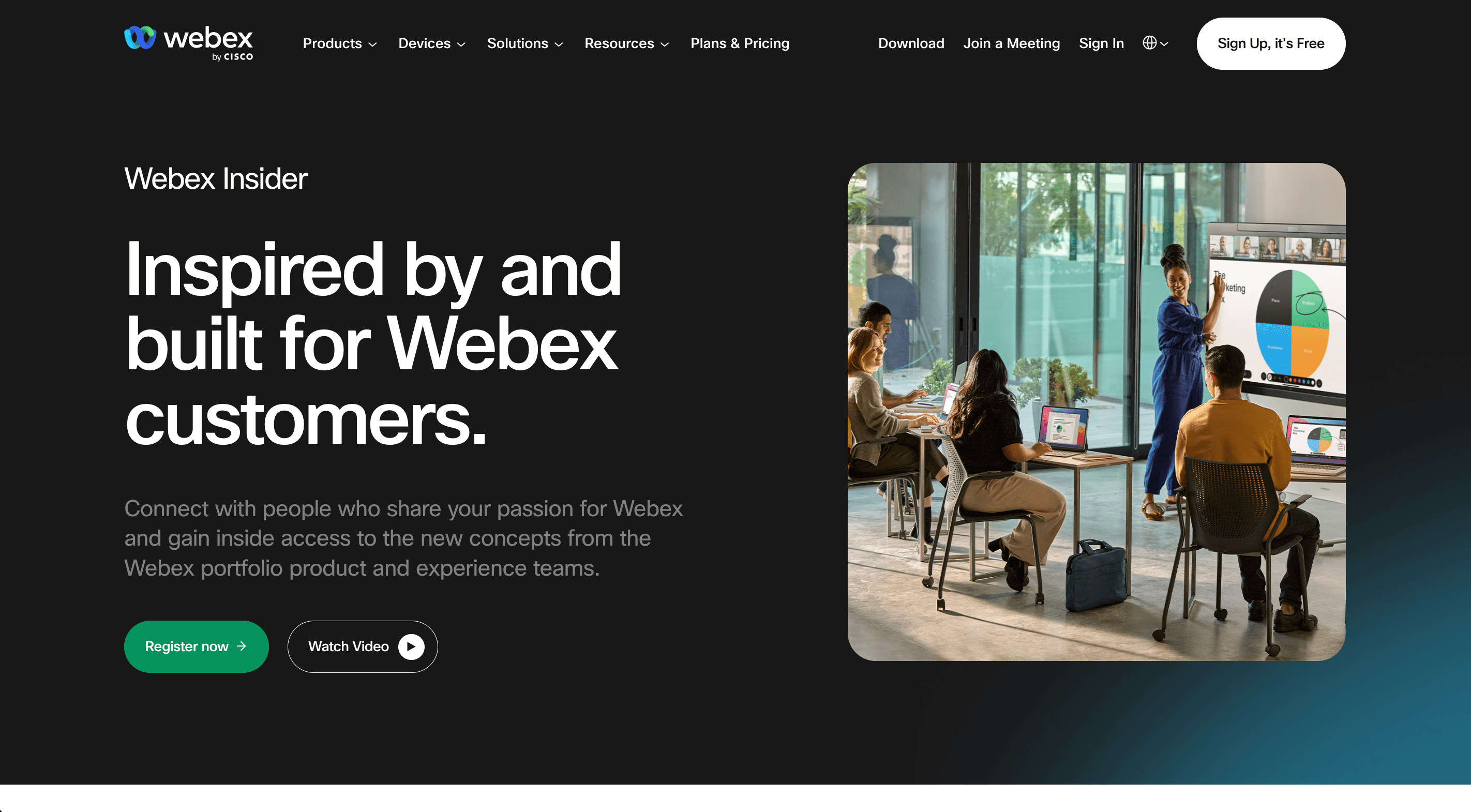
- Program Highlight: Insider knowledge and networking
-
Key Features:
- Access to insider updates and trials
- Exclusive insider-only events and meetups
- Increased visibility and influence within the Webex community
-
ServiceNow Advocacy Program
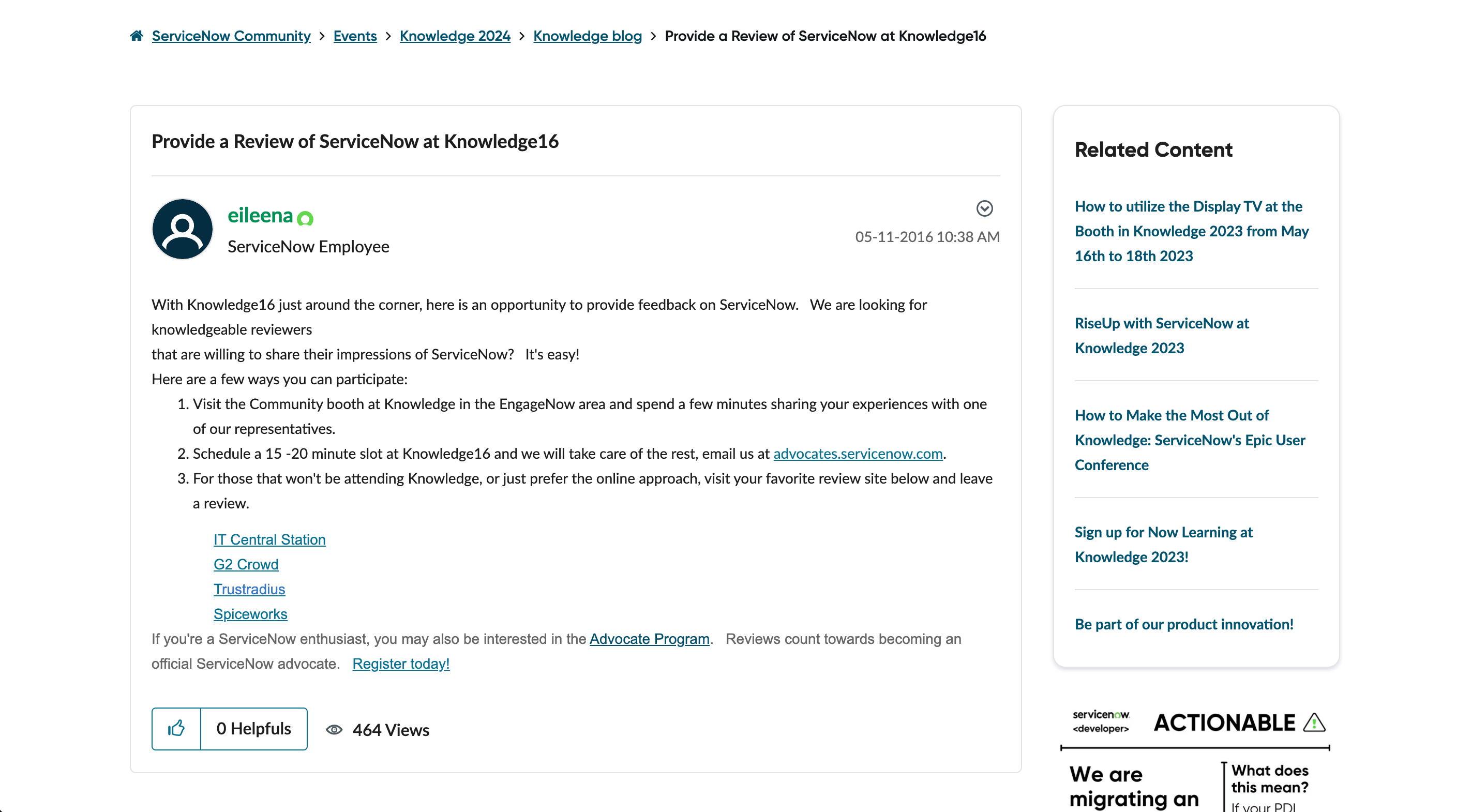
- Program Highlight: Expert-driven reviews and feedback
-
Key Features:
- Collection and promotion of customer reviews
- Exclusive access to ServiceNow events and resources
- Recognition through reviews and testimonials spotlights
These examples showcase the diversity and creativity possible in B2B loyalty programs, each tailored to the specific needs and goals of the business and its partners or customers.
Designing Your B2B Loyalty Program: Best Practices
When creating your B2B loyalty program, consider these best practices to maximize its effectiveness:
-
Align with Business Objectives: Ensure your loyalty program supports your overall business goals, whether it's increasing market share, improving customer retention, or driving innovation.
-
Know Your Audience: Conduct thorough research to understand what motivates your B2B customers and what types of rewards they value most.
-
Keep It Simple: While B2B programs can be more complex than B2C, aim for a structure that's easy to understand and participate in.
-
Offer Relevant Rewards: Provide incentives that add real value to your customers' businesses, such as exclusive training, early access to new products, or business development opportunities.
-
Personalize the Experience: Use data-driven insights to tailor rewards, communications, and experiences to individual customer needs and preferences.
-
Emphasize Partnership: Position your program as a mutually beneficial partnership rather than just a transactional rewards system.
-
Integrate with Existing Systems: Ensure your loyalty program seamlessly integrates with your CRM, sales, and customer service platforms for a unified customer view.
-
Communicate Clearly: Provide transparent, easy-to-understand information about how the program works, how to earn rewards, and the benefits of participation.
-
Train Your Team: Educate your sales and customer service teams about the program so they can effectively promote it and answer customer questions.
-
Continuously Evolve: Regularly gather feedback and analyze program data to identify areas for improvement and keep the program fresh and engaging.
Measuring the Success of Your B2B Loyalty Program
To ensure your B2B loyalty program is delivering value, it's crucial to track key performance indicators (KPIs) that align with your program goals. Consider monitoring the following metrics:
-
Customer Retention Rate: Measure the percentage of customers who remain loyal over time.
-
Average Order Value (AOV): Track changes in the average purchase amount per transaction.
-
Purchase Frequency: Monitor how often customers are making repeat purchases.
-
Customer Lifetime Value (CLV): Calculate the total value a customer brings to your business over their entire relationship.
-
Program Participation Rate: Measure the percentage of eligible customers who actively engage with the program.
-
Redemption Rate: Track how often rewards are being redeemed, indicating program engagement.
-
Net Promoter Score (NPS): Gauge customer satisfaction and likelihood to recommend your business.
-
Referral Rate: Monitor the number of new customers acquired through program member referrals.
-
Upsell and Cross-sell Success: Measure the effectiveness of the program in driving additional product or service adoption.
-
ROI of the Loyalty Program: Calculate the overall return on investment, considering program costs and attributable revenue increases.
Regularly reviewing these metrics will help you assess the program's effectiveness and make data-driven decisions for ongoing optimization.
Common Challenges and How to Overcome Them
While B2B loyalty programs offer numerous benefits, they also come with unique challenges. Here are some common hurdles and strategies to address them:
-
Challenge: Complex decision-making processes in B2B purchases Solution: Design a program that offers value to multiple stakeholders within the client organization, addressing various pain points and needs.
-
Challenge: Difficulty in personalizing rewards for diverse business needs Solution: Offer a flexible rewards system that allows customers to choose from a range of benefits that best suit their business objectives.
-
Challenge: Maintaining program engagement over time Solution: Regularly update program offerings, introduce time-limited promotions, and use targeted communications to keep members engaged.
-
Challenge: Measuring program ROI accurately Solution: Implement robust tracking systems and establish clear attribution models to link program activities to business outcomes.
-
Challenge: Integrating the loyalty program with existing business systems Solution: Invest in technology that allows seamless integration with your CRM, ERP, and other key business systems for a unified customer view.
-
Challenge: Balancing program costs with perceived value Solution: Focus on high-value, low-cost rewards like exclusive access, recognition, or educational resources that don't significantly impact margins.
-
Challenge: Addressing the needs of both small and large clients Solution: Create a tiered program structure that offers appropriate benefits at different levels of engagement or spend.
-
Challenge: Communicating program benefits effectively Solution: Develop a clear, multi-channel communication strategy that regularly highlights program benefits and success stories.
-
Challenge: Managing data privacy and security concerns Solution: Implement robust data protection measures and be transparent about how customer data is collected, used, and protected.
-
Challenge: Adapting to changing business environments Solution: Build flexibility into your program structure, allowing for quick adjustments based on market conditions or customer feedback.
By anticipating these challenges and implementing proactive solutions, you can create a more resilient and effective B2B loyalty program.
The Future of B2B Loyalty Programs
As technology evolves and business needs change, B2B loyalty programs will continue to innovate. Here are some trends shaping the future of these programs:
-
AI-Driven Personalization: Artificial intelligence will enable even more sophisticated personalization, predicting customer needs and tailoring rewards in real-time.
-
Blockchain for Transparency: Blockchain technology may be used to create more transparent, secure, and efficient reward systems.
-
Sustainability Focus: More programs will incorporate sustainability initiatives, rewarding environmentally responsible business practices.
-
Experiential Rewards: There will be an increased emphasis on unique experiences and exclusive access over traditional monetary rewards.
-
Integration of AR and VR: Augmented and virtual reality could be used to create immersive training experiences or virtual events as program rewards.
-
Predictive Analytics: Advanced analytics will help businesses anticipate customer needs and proactively offer relevant rewards or interventions.
-
Collaborative Ecosystems: Programs may evolve to include partner networks, allowing for more diverse reward options and shared value creation.
-
Mobile-First Approach: As B2B decision-makers become more mobile-centric, loyalty programs will need to offer seamless mobile experiences.
-
Gamification Elements: More programs will incorporate game-like elements to drive engagement and foster friendly competition among members.
-
Social Responsibility Integration: Loyalty programs may increasingly include options for members to direct rewards towards charitable causes or social initiatives.
Staying ahead of these trends can help businesses create forward-thinking loyalty programs that continue to deliver value in an evolving B2B landscape.
Conclusion: Elevating Your B2B Relationships Through Loyalty
In the complex world of B2B commerce, a well-designed loyalty program can be a powerful tool for building stronger, more profitable relationships with your customers. By understanding the unique needs of your B2B audience, offering relevant and valuable rewards, and continuously evolving your program based on data and feedback, you can create a loyalty initiative that drives real business results.
Remember, the most successful B2B loyalty programs go beyond simple transactional rewards. They focus on creating a holistic experience that adds genuine value to your customers' businesses, fostering a sense of partnership and mutual growth. Whether you're implementing a tiered structure, offering exclusive educational resources, or providing personalized business support, the key is to align your program with both your business objectives and your customers' needs.
As you embark on creating or refining your B2B loyalty program, keep in mind the examples and best practices shared in this guide. Stay attuned to emerging trends, be prepared to adapt, and always prioritize the unique value you can offer your business customers.
By implementing a thoughtful, well-executed loyalty program, you can transform your customer relationships, drive sustainable growth, and establish your brand as a trusted partner in your clients' success. In the competitive B2B landscape, loyalty isn't just about repeat business—it's about creating a community of engaged, satisfied customers who see your success as integral to their own.
As you move forward, remember that building true B2B loyalty is an ongoing process. Continuously seek feedback, measure your results, and be willing to innovate. With dedication and the right approach, your B2B loyalty program can become a cornerstone of your customer relationship strategy, driving mutual success for years to come.






